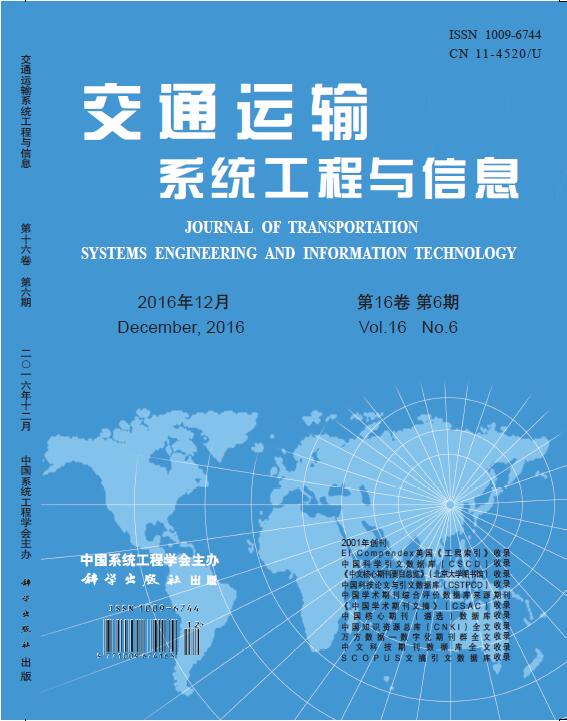A new quantitative analysis method of dominant transportation distance based on mode split rate is developed to compute the dominant transportation distance in the integrated transportation system that include the highway, railway, waterway, and airway, which can contribute to the rational allocation of transport resources. First of all, the absolute and relative dominant transportation distance of freight transportation modes are defined. Then, the absolute and relative dominant transportation distance models of each freight transportation mode are established on the base of mode split rate. Finally, a case study of proposed method is carried out, the result of which indicated that the absolute dominant transportation distance ranges of highway, railway and waterway are 50~477 km, 477~1 168 km and 1 168~3 000 km, while the airway did not have an absolute dominant transportation distance in this range. The relative dominant transportation distance range of highway, railway, waterway and airway are 50~303 km, 526~1 004 km, 2 410~3 000 km, and 1 681~2 283 km.


